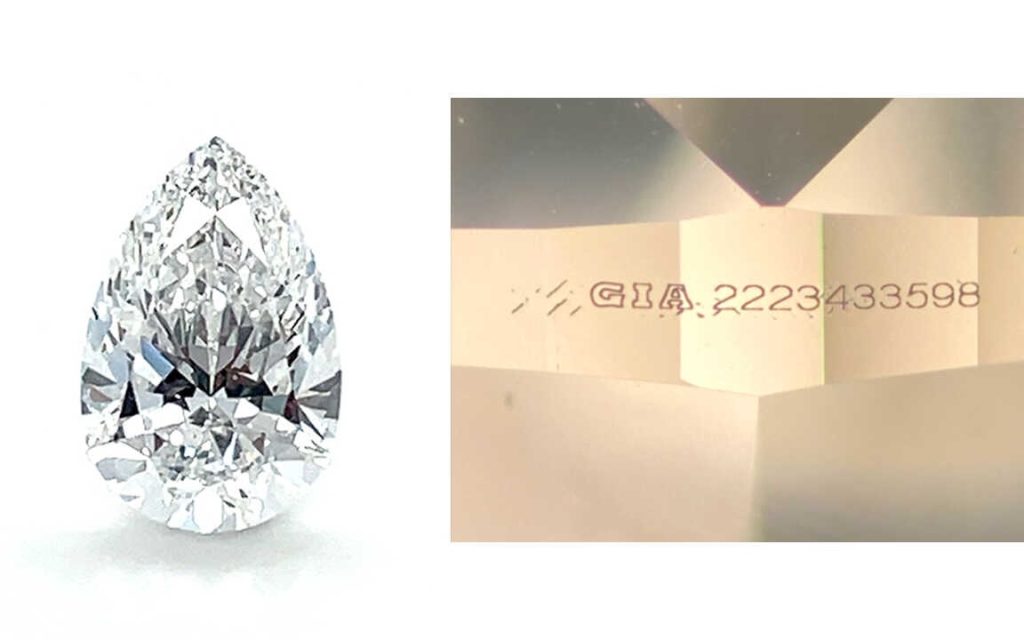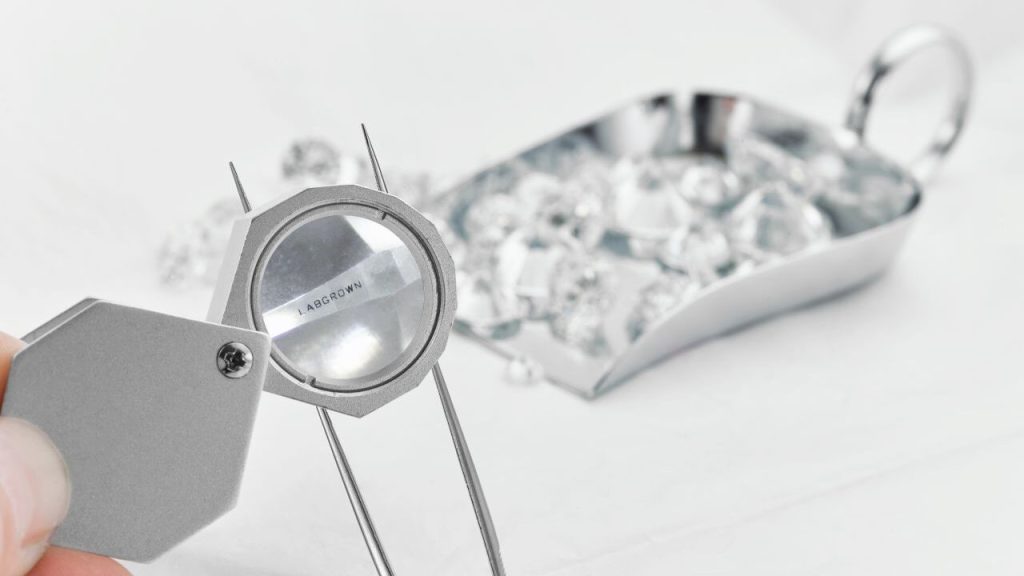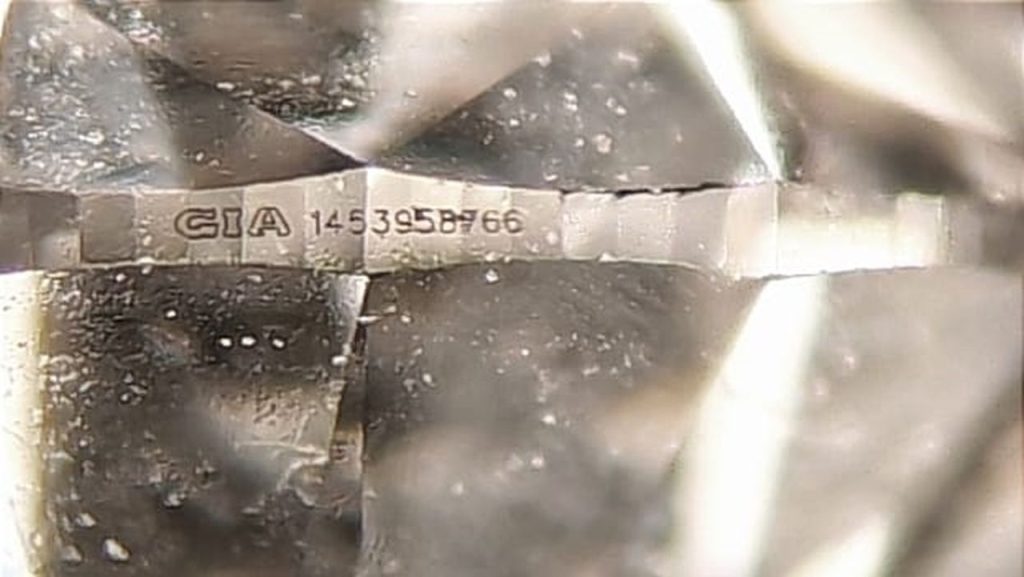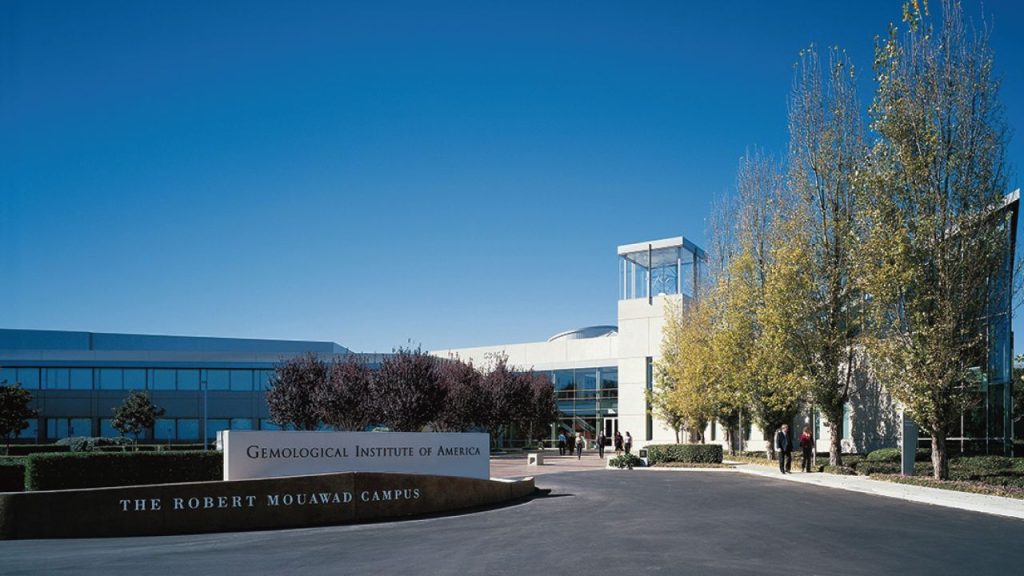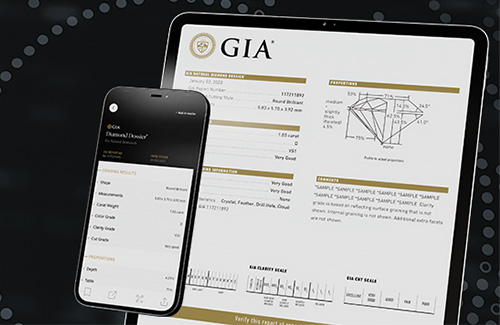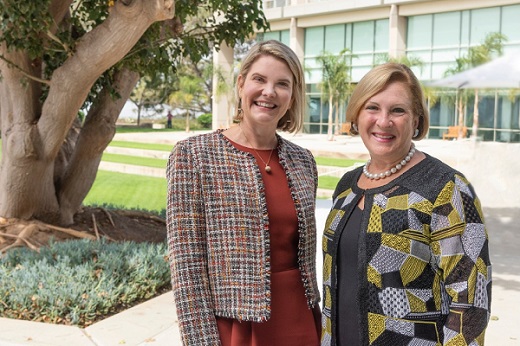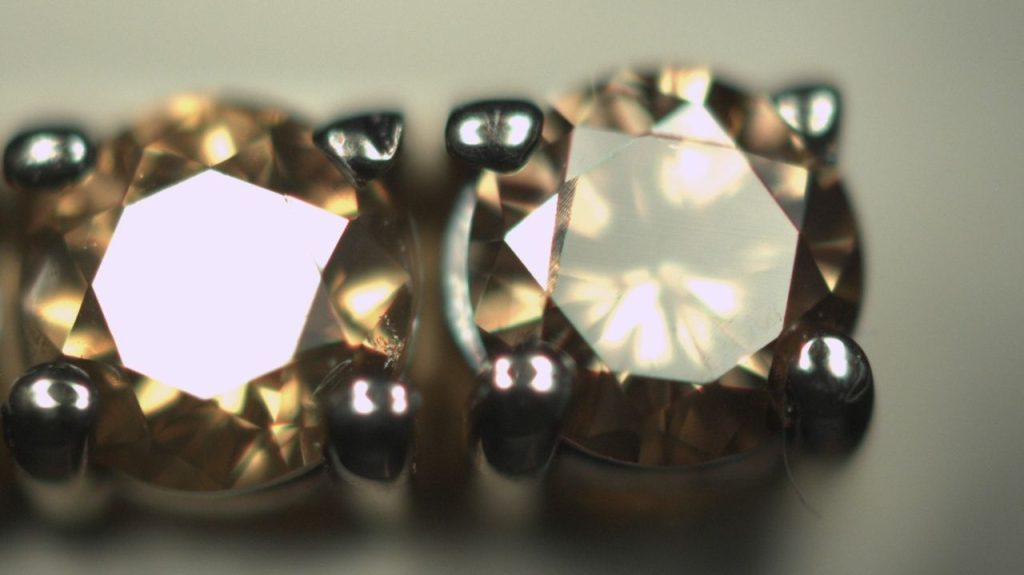
Gemological Science International (GSI) has issued a warning to the trade after coming across a “notable increase” in jewelry set with pink, yellow and brown lab-grown diamonds posing as natural.
The jewels, which have been submitted to the lab for grading, often contain synthetic stones mixed in with natural colored diamonds, Debbie Mazar, president and cofounder of GSI, explained Tuesday. Many of the undisclosed synthetics were type IIa, with a single nitrogen atom, and ranged in size from melee to 1 carat.
Additionally, some of the lab-grown diamonds were intentionally cut to mimic natural ones, GSI noted. The GSI observed several with fractures, pinpoint clouds, polish-overs and distinct brown grain lines, features found in natural diamonds, which would potentially enable the fraudulent stones to pass standard gemological evaluation, GSI said.
“The challenge arises as most jewelry-screening equipment in the market is designed to screen white, near-colorless diamonds,” Azar explained.
The advanced technology in diamond growth is contributing to increased success by growers in replicating natural diamonds more and more, GSI added.
GSI’s warning comes on the heels of several from other labs. In December, Italian grading lab Gem-Tech cautioned that it had encountered a number of lab-grown stones circulating bearing fraudulent inscriptions from the Gemological Institute of America (GIA) for natural stones. Last month, the International Gemological Institute (IGI) examined a 6.01-carat lab-grown with a GIA laser inscription for a similarly cut natural, while the GIA reported it was taking steps to combat the recent influx of lab-growns bearing fraudulent inscriptions from the lab by offering same-day report verification.
Source: Rapaport

